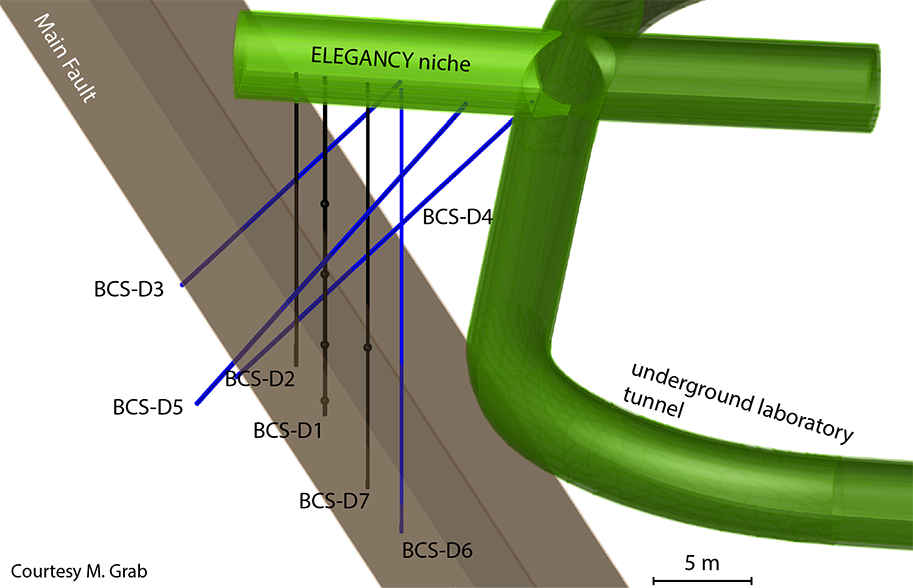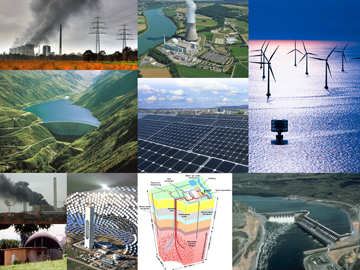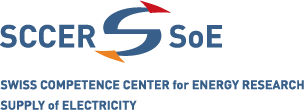ELEGANCY: CO2 storage project in Mont Terri
According to IEA, IPCC and COP21, CCS has to be implemented to keep global warming within 2°C. After a long phase of experimentation on capture and sequestration technologies, efforts in Europe to implement a concrete strategy are growing, under the umbrella of the ECCSEL ESFRI infrastructure and the newly approved ERA-NET Cofund ACT.
The Swiss plan is being developed by SCCER-SoE groups together with SFOE, BAFU and industry participation (on-going discussions with three possible industry partners). The plan aims
- to use the ERANET-ACT support to expand the work already carried out in SCCER-SoE Phase I and previous national projects (CARMA) to ensure that the required science and technologies are available, and
- to realize a first pilot project in Switzerland to demonstrate at the field scale that CO2 storage can safely be done without causing unacceptable seismicity, fluid-mineral reactions and environmental contamination.
The timescale of ERA-NET Cofund ACT is very favorable, with expectation of funding by 2017 (Swiss quota of 4 MFr for 4 years). We aim at initiating with SFOE a CO2 sequestration pilot by 2019.
Carbon Capture and Storage (CCS)
Carbon Capture and Storage (CCS) is a technology that can support the objectives of the Energy Strategy 2050 in various ways. For electricity generation it can be applied to gas-fired power stations. Some scenarios predict that 10 to 20 TWh per year of electricity would be needed in 2050 after the nuclear phaseout. This would lead to yearly CO2 emissions of 4 to 8 Mt, which could be avoided by CCS. Alternatively, CCS could be applied to Steam-Methane-Reforming, delivering clean hydrogen to the mobility or heating sector, or even to Direct-Air-Capture leading effectively to negative CO2 emissions.
Previous work has estimated a theoretical storage potential of 2.5 Gt CO2 in the deep saline aquifers beneath the Central Plateau. These aquifers must now be evaluated with respect to practically achievable storage capacities, as well as to viable rates of CO2 injection, magnitude and predicability of induced seismicity, cap-rock integrity and longevity of trapping.
All these aspects will be studied within the EU/SFOE funded project ELEGANCY. This will involve experimental work at the Mont Terri rock laboratory, and scenario modelling to assess the value of CCS for the Swiss energy transition.
Blog

Mont Terri Experiment: Studying Caprock and Fault Sealing Integrity. Blog article by Alba Zappone, Michèle Marti and the SCCER-SoE team. Available in English, German and French.

Can renewables fill the power gap? Blog article by Christian Bauer. Available in English, German and French.
